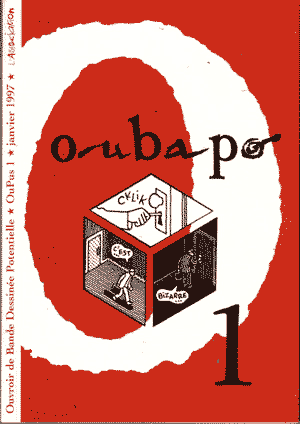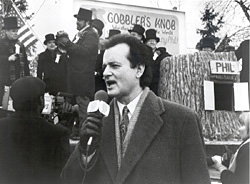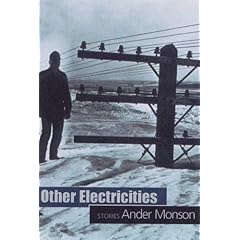 OuBaPo (The Workshop for Potential Comics) is an offshoot of OuLiPo. From the site:
OuBaPo (The Workshop for Potential Comics) is an offshoot of OuLiPo. From the site:
Comics is a medium founded on constraints. Our very sense of what a comic is-whether a newspaper strip, Sunday page, comic book or web comic-is to a large extent determined by formal characteristics or constraints. The project of the French group Oubapo (Workshop for Potential Comics) is to identify those constraints that already exist…and to propose and implement new constraints that can generate new comics….Oubapo is not a movement that you join or follow. Oubapo is an approach to thinking about and creating comics using constraints as a creative principle.
Sean says the group isn’t quite as active as it used to be, but the site is a nice archive of projects. Here and here are two works that he submitted.

 ANDERS NILSEN
ANDERS NILSEN ANDER MONSON
ANDER MONSON









